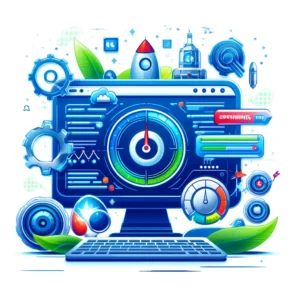Autopilot has been a part of commercial aviation for decades, and it has helped to make air travel safer and more efficient. However, autopilot is still not capable of flying an airplane from start to finish without human intervention.
In recent years, there has been a growing interest in the use of artificial intelligence (AI) to develop fully autonomous aircraft. AI systems have the potential to be much more capable than autopilot systems, and they could eventually be used to fly airplanes without any human input.
There are a number of challenges that need to be overcome before fully autonomous aircraft become a reality. One challenge is that AI systems need to be able to handle a wide range of possible scenarios, including unexpected weather conditions and emergencies. Another challenge is that AI systems need to be able to make decisions quickly and accurately, even in high-stress situations.
Despite the challenges, there is a growing momentum behind the development of fully autonomous aircraft. Several major aircraft manufacturers, including Boeing and Airbus, are investing in AI research, and there are a number of startups working on this technology.
It is still too early to say when fully autonomous aircraft will become a reality. However, the potential benefits of this technology are significant. Autonomous aircraft could potentially reduce the number of accidents, improve fuel efficiency, and make air travel more affordable.
Here are some of the benefits of using AI in aviation:
- Increased safety: AI systems can be programmed to make more accurate and timely decisions than human pilots, especially in emergency situations.
- Improved efficiency: AI systems can optimize flight paths and fuel usage, which can lead to significant savings for airlines.
- Reduced costs: AI systems can automate many of the tasks that are currently performed by human pilots, which could lead to lower labor costs for airlines.
- Increased passenger comfort: AI systems can be programmed to provide a more personalized flying experience for passengers, such as by adjusting the cabin temperature or lighting.
Here are some of the challenges of using AI in aviation:
- Technical challenges: AI systems need to be able to handle a wide range of possible scenarios, including unexpected weather conditions and emergencies.
- Regulatory challenges: There are a number of regulatory hurdles that need to be overcome before fully autonomous aircraft can be certified for commercial use.
- Public acceptance: There is some public concern about the safety of flying in an autonomous aircraft. This concern will need to be addressed before fully autonomous aircraft can become widely accepted.
Overall, the potential benefits of using AI in aviation are significant. However, there are also a number of challenges that need to be overcome before this technology can be fully realized. It is likely that fully autonomous aircraft will not become a reality for many years to come. However, the research and development that is currently underway is promising, and it is possible that we will see fully autonomous aircraft in the skies within our lifetime.











